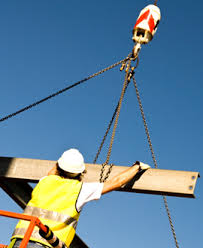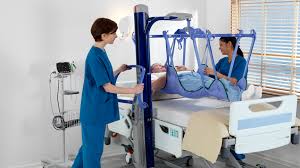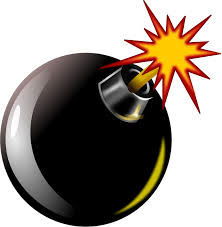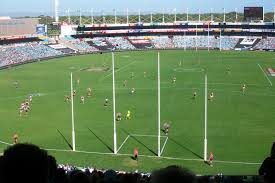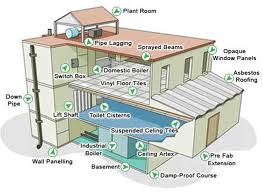From the 1st January 2017 new labeling for workplace hazardous chemicals is required.
The Globally Harmonised System (GHS) of Classification and Labelling of Chemicals (GHS) is a United Nations initiative that standardises chemical classification, labelling and safety data sheets (SDS) for use in workplaces internationally.
To meet the new requirements manufacturers and importers of hazardous chemicals will need to reclassify their products, relabel them and prepare new safety data sheets.
To meet the new requirements manufacturers and importers of hazardous chemicals will need to reclassify their products, relabel them and prepare new safety data sheets.
The GHS changes include using a common set of pictograms, signal words, hazard statements and precautionary statements for labels and SDS to communicate information about a chemical to the user. It covers physical, health and environmental hazards.
For persons conducting a business or undertaking, essential tasks for GHS readiness include:
- reviewing current inventory holdings for GHS compliant and non-compliant stock
- allowing holdings of GHS non-compliant stock to run down
- ensuring all new purchases are GHS compliant
- reviewing SDS to ensure hazard management practices are in place
- ensuring workers are aware of the new labelling system and SDS.
In WA, VIC & ACT the GHS classification has not been mandated yet but the hazards associated with using chemicals still need to be communicated to workers and companies in the aforementioned states may be wise to implement the changes now to keep up with the rest of the country.
Posted by Cathal Uniacke – cathal@custodiansafety.com.au


